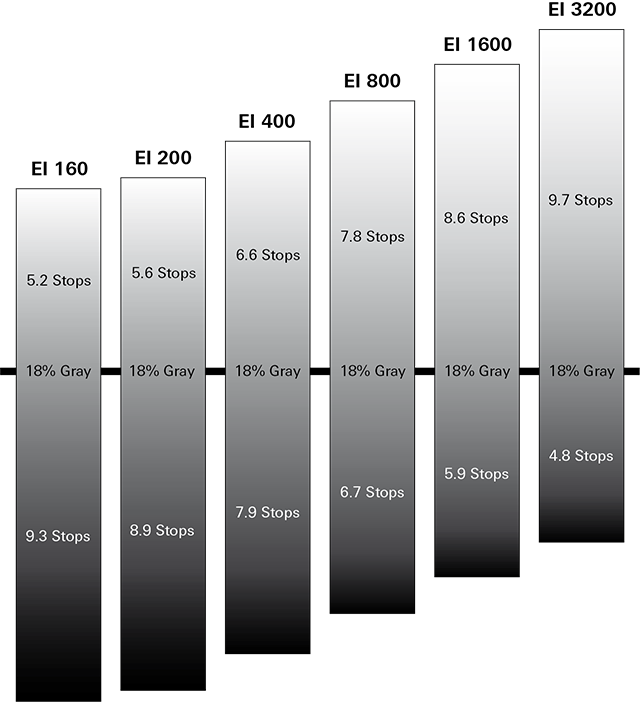I'm not clear how you generated the remaining visuals here, so can't comment further. But unless you used Capture One to do the processing and leveraged the available tools to boost/normalize exposure it's a moot point. Capture One can take advantage of the dark frame information in the raw and will do a better job of shadow recovery than other raw processing software.
Hi Doug,
thank you for your reply.
Its a very simple set up. I illuminated the chart, took my light meter set the base iso of the camera on the light meter and measured in front of the chart the hitting light.
so when I got my F-Stop and Shutter to the base ISO, I started to under and overexpose the chart by a full stop.
I think there are some major misunderstandings in this post about the nature of dynamic range in a digital camera. For example, regarding over exposure, this is entirely a decision of the manufacturer of how much they want to underexpose "by default" in order to leave headroom. Neither camera tested can tolerate any actual overexposure (both will hard clip when they reach their maximum exposure), but they may have different approaches to how much they typically underexpose by when showing you a "normal" histogram or "normal" exposure evaluation tool.
Im not sure if its a miss understanding or a lie or a cheap trick from some companies. to reduce the noise. let me explain:
lets take Kodak and analog film. if its written the film stock has 200 ASA, I know that my 18% Grey will be exposed as 18% also on film when I expose the film with the right settings. But what I also know is that my Dynamic range goes from -6 to +9 stops. (of course there are variations in the film stocks) the noise is given by the grain size.
when it comes to digital and the
Arri Alexa, its the basically the same as analog film. the Base ISO is 800 and my 18% Grey is 18% Grey at 800 Iso with the correct settings according to the light meter. but I know that my 18% grey in the dynamic range of the Alexa is set quite in the middle of the range at base iso. and I have always 14+ stops no matter what ISO I choose I just shift the 18% Grey
please se the image:

the thing is, the base is should have a good Noise / ISO ratio to each other. and everybody wants low noise.
But ARRI made it very clear and I have full control and knowledge about what the sensor does.
for example, when make a frame indoor and my brightest spot outside a window is 8,5 stops over my base F-Stop (@800 ISO I have 7+ stops up), I can push the ISO from 800 to 1600 and I can shift my 18%grey one stop down of the dynamic range Scala and close my lens by one stop, so I get all my information outside and a correct preview. I don't win a stop but I know where my borders are.
With all other still photo cameras, its a mystery what is going on. how the sensor or the tech behind it is handling the data.
If I would translate the tech from the ARRI Alexa to the IQ3 100 the Base is must be much higher. But if they would set the Base ISO higher, the noise would be I guess quite bad for a medium format camera right?
The thing is if I rate the IQ3 100 @ 50 ISO I know my over expose limit is 2 stops. so I have to under expose bei 5 Stops to get lets say +7 as a peak captured. But doing that, I will never See in the back in the wild a normal looking picture.
And As I understood IIQ Format is not really a RAW where I can reset the ISO Setting. its not just metadata right? its more like a tiff format right? so there is a difference if I set the iso in camera to 400.I can't se it back in CO back to base of 50 ISO? at least its with my P65+ like that.
does that make all sense?